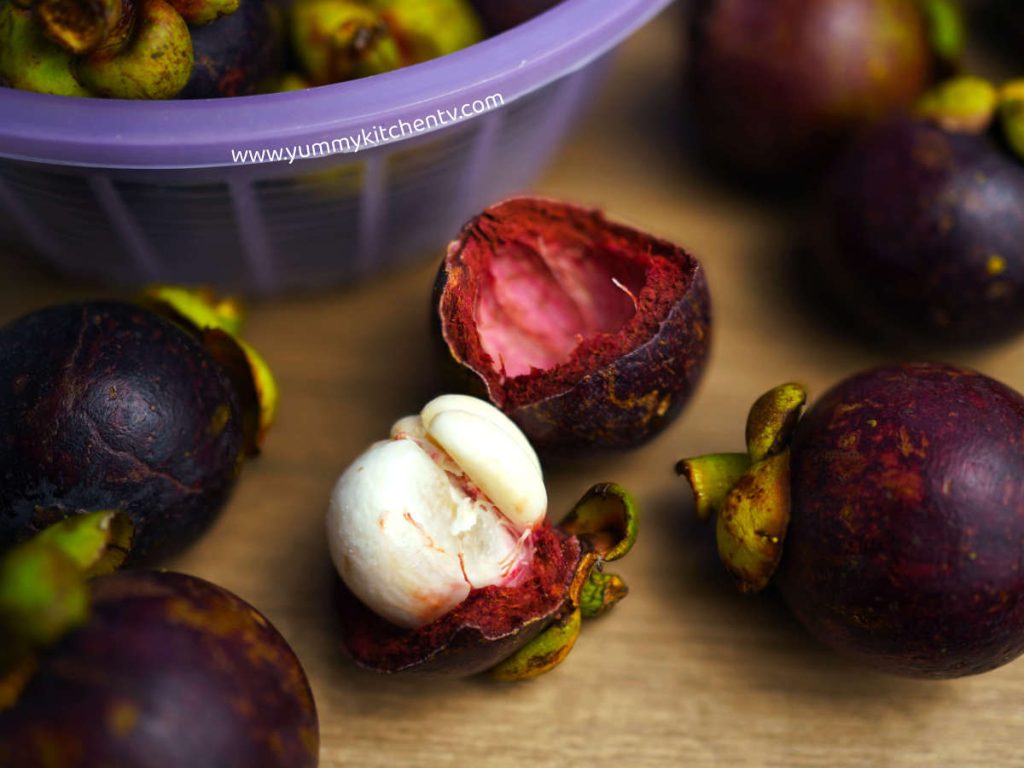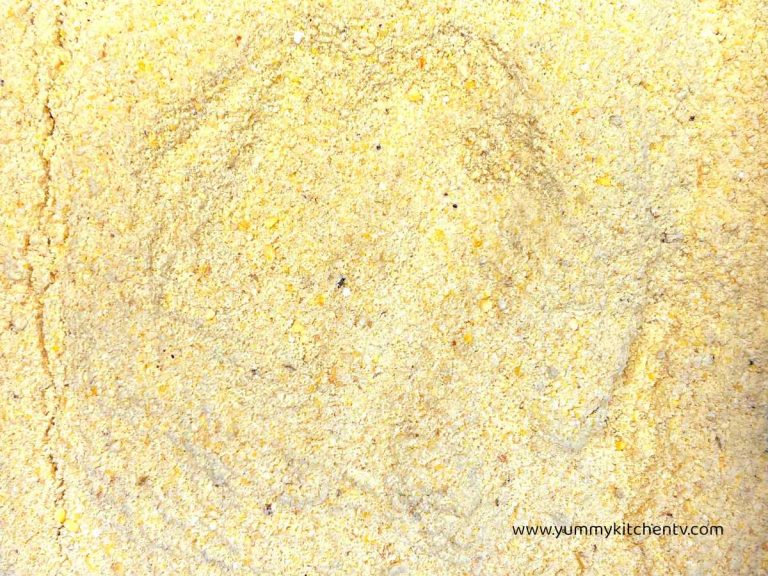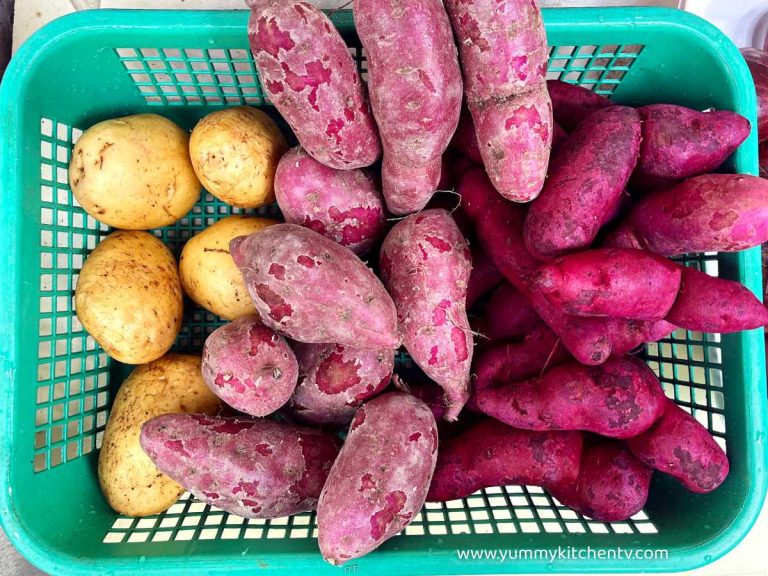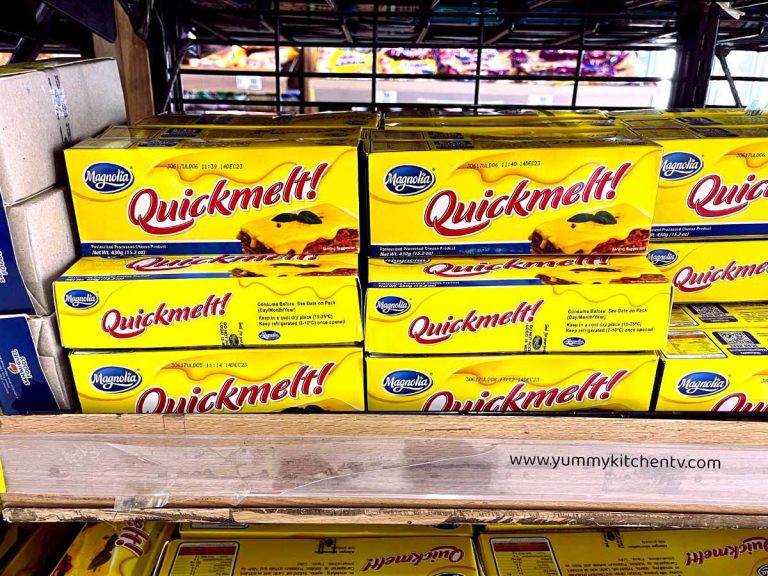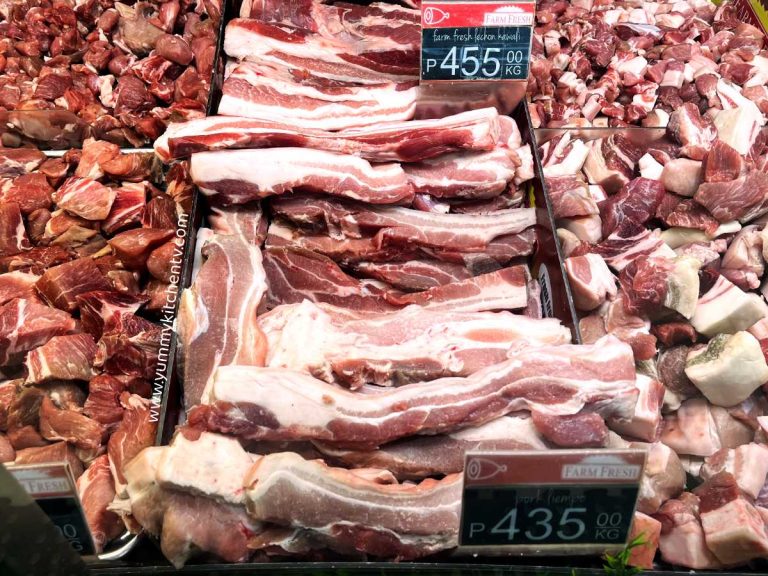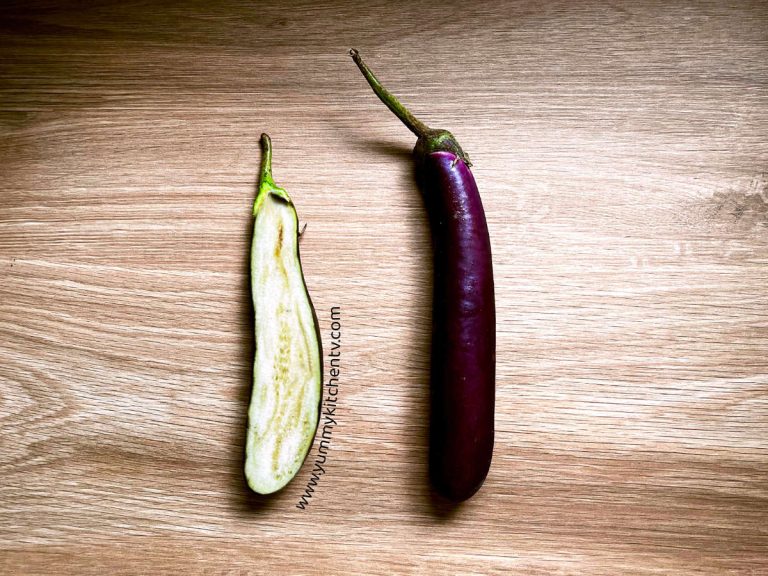Why try Mangosteen ?
Why try Mangosteen ? The Mangosteen, also called the “Queen of Fruits” due to its unique creamy texture and sweet-sour flavor. And the fact that a rumor started that Queen Victoria would grant anyone who brought her this magnificent fruit, a knighthood. Thus dubbed the fruit its title. A purple looking berry coming from Southeast Asia, that has a reputation of being a ‘superfood’ by reporters, influences, and health enthusiasts, because of the number of health benefits it can give.
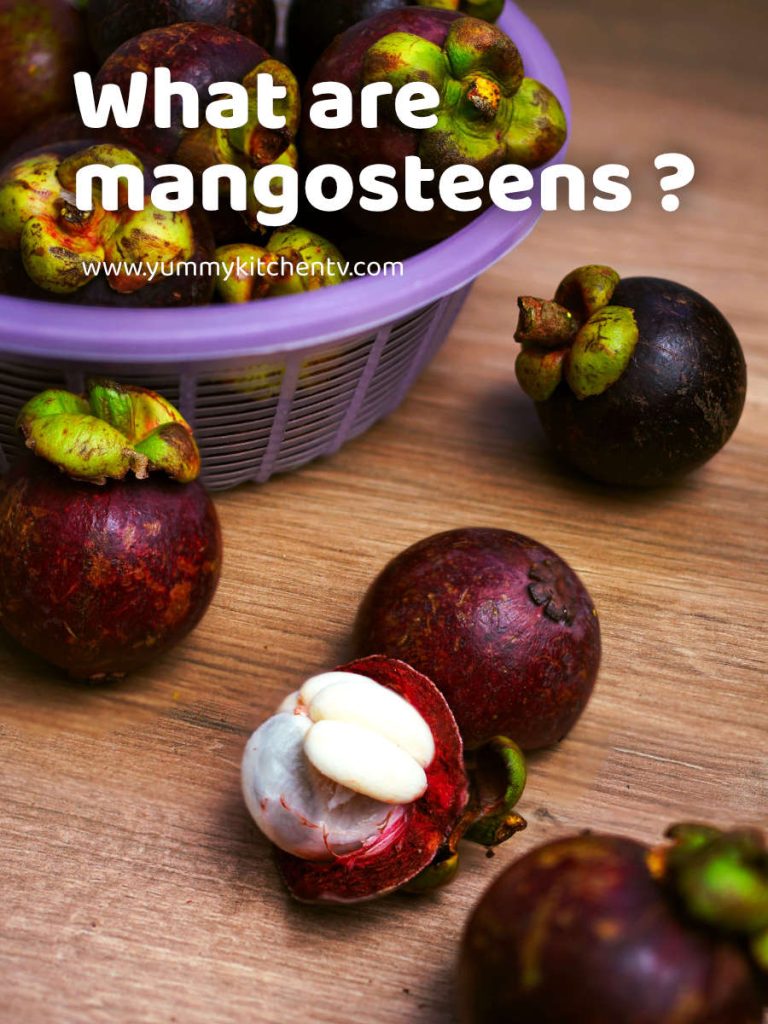
A short Introduction
The Mangosteen (scientific name Garcinia Mangostana), is a tropical fruit mainly cultivated in Southeast Asia, especially Thailand and Vietnam. But can also be found in China, Sri Lanka, Philippines, and East Indies, India. Though the origins are not specific, written recipes from 15th century China describe this fruit as ‘mang-chi-shih’, a fruit with white flesh and a delectable sweet and sour taste. In 1855, they were introduced in English greenhouses, cultured and introduced to the Western Hemisphere, to the West Indies Islands, Jamaica, and later in the hotter parts of America, as these do not grow well outside the tropics.
The Mangosteen trees flourish in the tropics. These grow from 6 to 25 meters, have deep green leaves, bear a berry shaped fruit, with a dark purple skin that’s 1 ½ inch thick, enclosing the white or yellowish colored flesh that’s cut into sections. That is covered by purple veins that you can eat but are more so removed because they can add to the bitter taste. You also need to be a bit careful with opening this fruit as the very sweet light yellow or purple tinted juice, like most fruit juices, can stain. Which is why many Malaysian hotels do not allow mangosteens inside their suits.
This sweet delicate flesh tastes like a mix of peach, strawberries, lychee, and pineapple. The meat is soft and delicate, and once you pop one section in your mouth, you’ll taste a burst of sweetness! Enjoyed as is, made into juice or brewed tea, turned into concentrate and powder to add into smoothies, turn into ice cream, panna cotta, and even pie filling. You might even find them in the ingredients list of topical medicines for acne or to help with skin elasticity and fine lines, or to be consumed in capsule form as a daily vitamin (for some, they might need a doctor’s consultation).
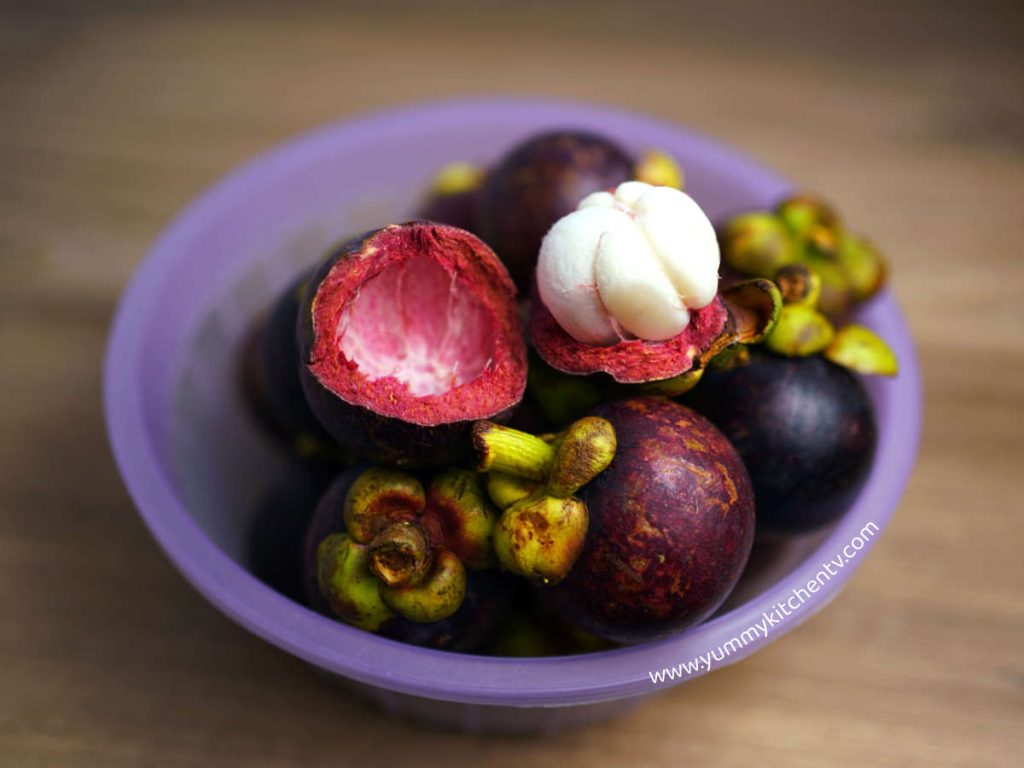
Mangosteen Fruit Benefits
A fruit with a unique appearance and taste, in ancient times it was used as traditional medicine. Using the juice, pulp, and rind to treat diabetes, skin conditions, kidney ailments,chronic inflammatory disorders and high blood pressure. But modern scientific studies show that these health benefits below are what this deliciously sweet fruit can help you with:
- Helps with Diabetes, insulin resistance and Oxidative stress can cause diabetes. Antioxidants found in fruits like mangosteen are great with attacking free-radicals to protect the body and bring down blood glucose levels.
- Another effect is that it improves insulin producing pancreatic cells, which makes this fruit a promising anti-hyperglycemic and anti-diabetic agent.
- Possess Antimicrobial properties great for acne and microbial infections.
- Has anti-inflammatory properties, the principal compound found in magoosteen fruit the ‘alpha-mangostin’ has very potent anti-inflammatory effects. In some topical allergy medicine, you can find mangoosteen listed in the ingredients, same for eczema reducing products.
- Reduce the risk of lung and heart diseases, chronic ulcers, diabetes, diarrhea, and neurodegenerative conditions.
- Great for weight loss, in many East Asian medicines, mangosteen is used to treat obesity, as they have enzymes that decrease bad cholesterol and promote good cholesterol.
- Makes you look younger. Keeps up and accumulates collagen-inhibitory compounds to reduce signs of aging like wrinkles, fine lines, and pigmentation. Boosts moisture holding capacity and skin elasticity.
- Rich in vitamin C, strengthens immunity, bones, teeth, gums, and heals wounds faster.
*While there are not many mangosteen side effects, one should note that those with bleeding disorders should be wary of this fruit, as it might slow blood clotting, interfere with chemotherapy, and cause lactic acidosis. Do consult a doctor before taking any fruit you are unsure of.
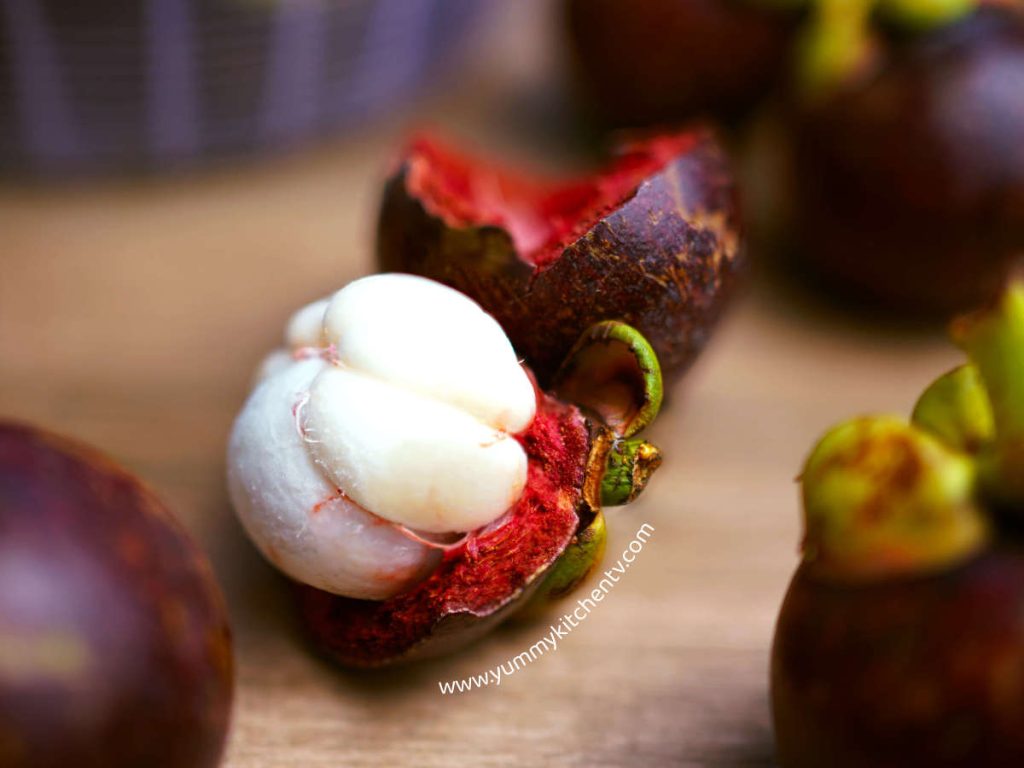
Philippines’ Mangosteen Industry
A fruit with universal appeal, it goes through careful farming in the Philippines due to the delicate nature of the fruit. The farms are located in the Sulu Archipelago, and southern provinces like Misamis Occidental, Davao del Norte, and Agusan del Sur where the humidity, dryness, and soil meets the quality needed for it to thrive. These take 6 to 8 years of planting, and are harvested around 113 to 119 days from the fruit turning from a light green to purple color, making around 600 fruits per plant. You can find them at fruit stalls, in the market or grocery stores where it’s also sold as mangosteen juice, mangosten teas, and in the Philippines you can find ‘MX3 capsules’, a popular food supplement in the Philippines, where mangoosteen is the main component.
For weight loss or to enjoy for its unique delectable sweet explosion of flavor. This is an exquisite fruit enjoyed from the tropics by farmers, explorers, and even royalty for centuries.
